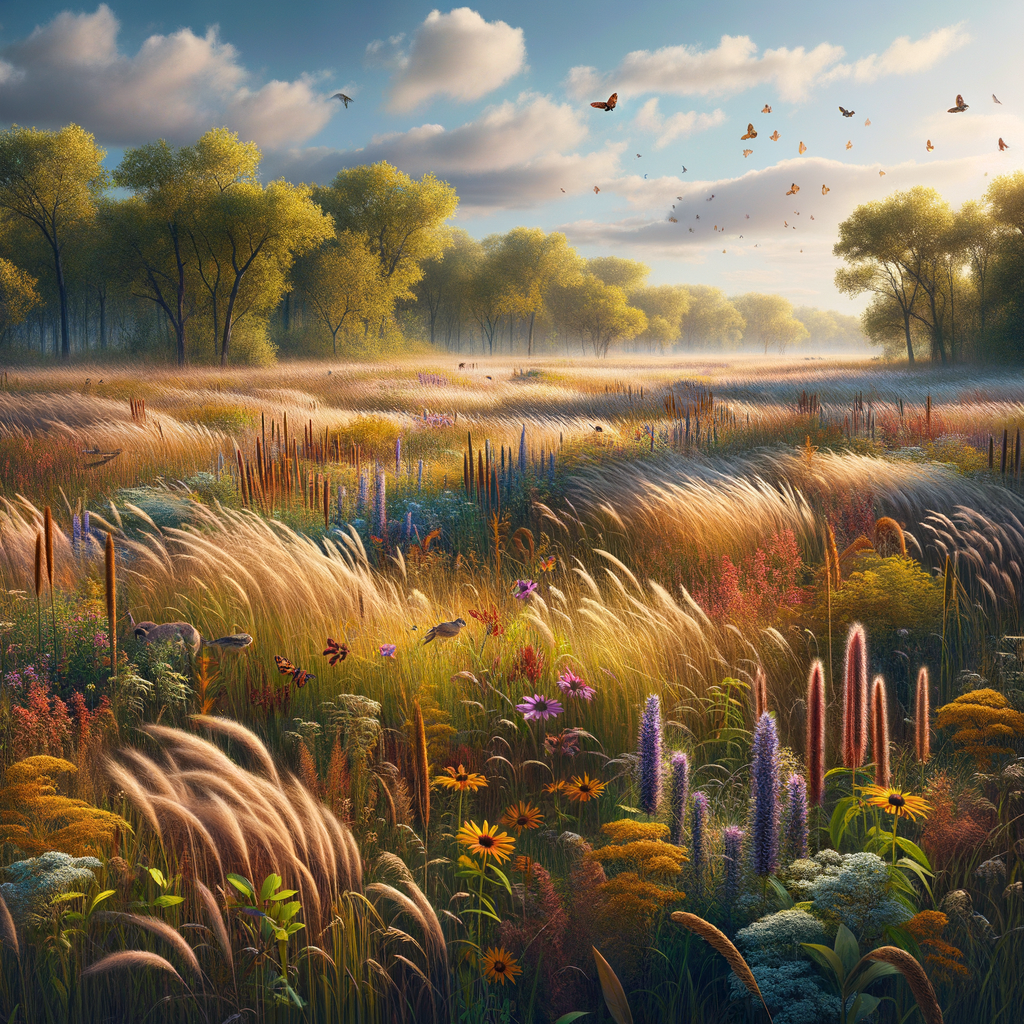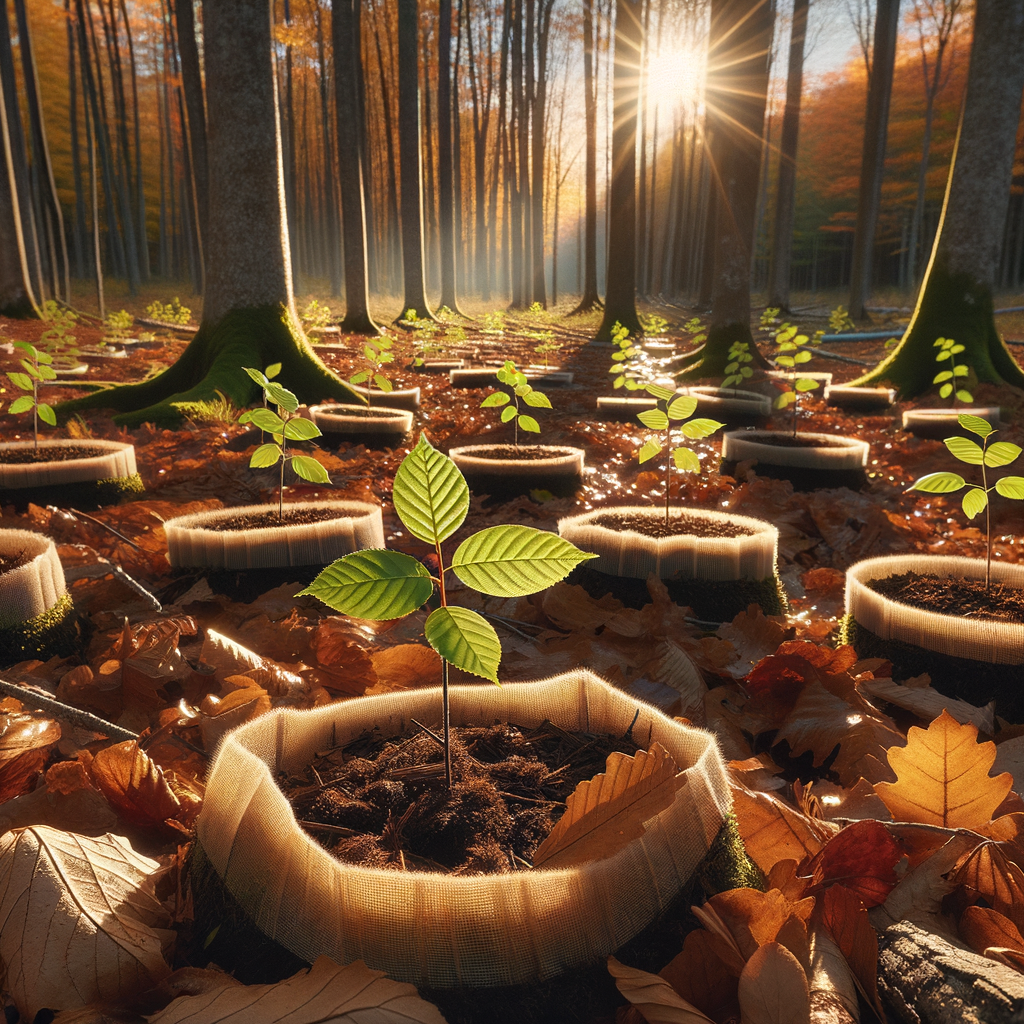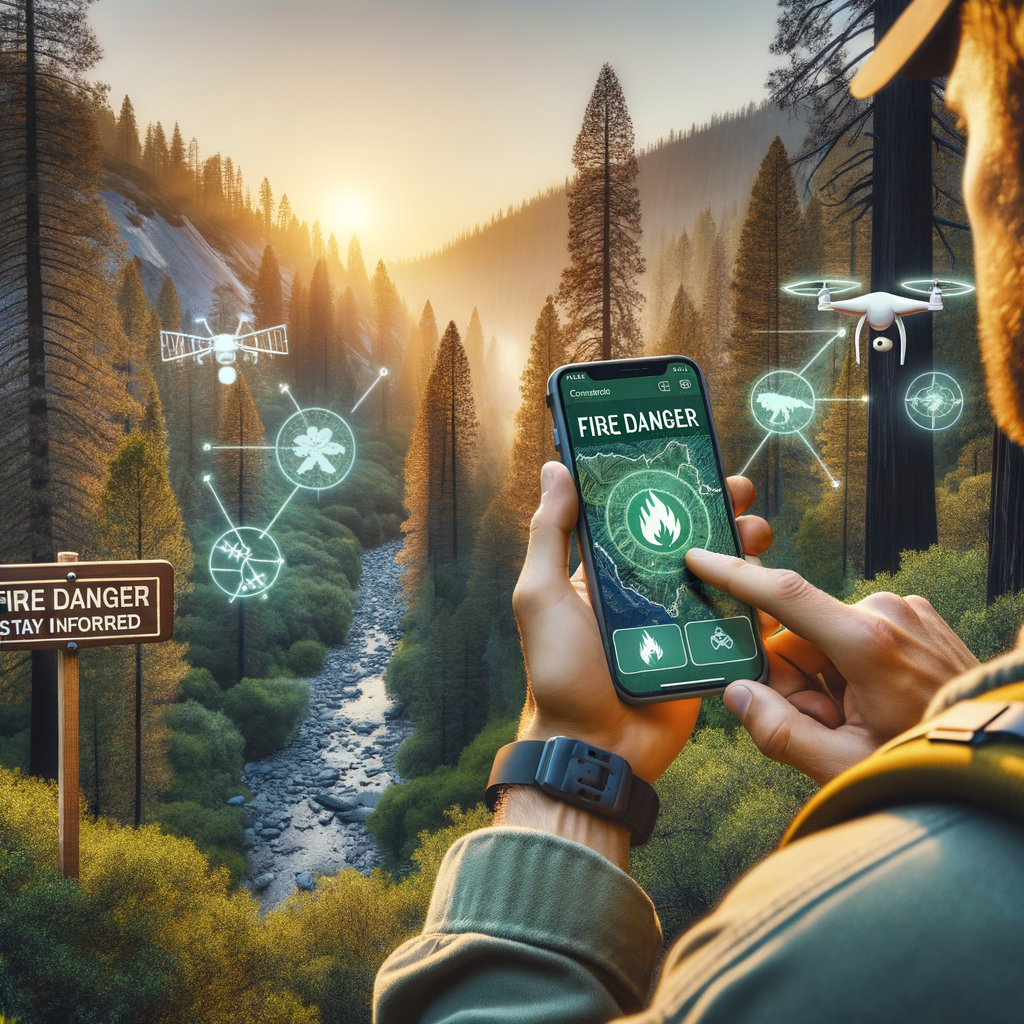Native Grassland Revival Insights for October
Stepping into a native grassland that has been carefully restored feels like witnessing a quiet miracle. Vibrant grasses sway, wildflowers burst with color, and the air buzzes with life. Birds sing, insects hum, and mammals move through the tall blades. That experience is the heart of native grassland revival, an ecological endeavor that is essential for biodiversity, climate resilience, and our connection to the natural world. I want to share with you why bringing native grasslands back matters, what the process involves, and how you can contribute.
Why Reviving Native Grasslands Matters
The decline of native grasslands is one of the most pressing environmental challenges we face. Over the years, urban growth, intensive agriculture, and invasive species have shrunk these ecosystems to fragments of their former selves. This loss means a steep drop in the plants, animals, and insects that depend on grassland habitats.
However, these landscapes are not lost forever. Native grasslands have a tremendous ability to recover when given the right support. Restoration goes well beyond planting some grasses. It means rebuilding a complex system that supports a rich variety of life. Healthy grasslands filter the air, store carbon, hold soil in place, sustain pollinators, and provide food for countless species, including us.
What Native Grassland Restoration Involves
Restoring native grasslands is a carefully planned, multi-step process tailored for each unique site. Here is how it typically unfolds:
1. Careful Assessment and Planning
You have to understand the landscape deeply before any restoration can begin. This involves studying the soil, water availability, historical vegetation, and current threats such as invasive plants or pollution. Sometimes, old records or aerial images provide clues to what used to grow there.
With this knowledge, restoration specialists create a plan that targets key species for recovery and sets clear goals for the ecosystem.
2. Removing Invasive Species and Other Threats
In many degraded grasslands, invasive plants dominate, squeezing out native species and disrupting natural cycles. Controlling or removing these invaders often involves manual efforts, selective herbicide use, or controlled burning that mimics natural fire patterns essential for many grassland ecosystems.
3. Reintroducing Native Grasses and Wildflowers
Once invasive species are controlled, the next task is planting native grasses and wildflowers. This could mean sowing seeds of big bluestem, little bluestem, switchgrass, or purple coneflower, depending on the region. Native plants create food and shelter that local insects, birds, and mammals rely upon.
4. Monitoring and Adaptive Management
Restoration is a long-term commitment. Continuous monitoring helps track progress. It reveals what is working and what needs adjusting. Sometimes unexpected problems arise, and being flexible allows the project to adapt. Grasslands may take years or decades to fully recover, so patience is key.
The Science Behind Grassland Revival
What fascinates me most is how interconnected every element of the grassland ecosystem is. Tiny soil microbes and fungi break down organic matter and help plants absorb nutrients. Insects like bees and butterflies pollinate flowers and support higher animals. Grazing mammals influence plant diversity and structure.
When restoring, scientists carefully consider these relationships to rebuild a balanced system. For example, planting native wildflowers draws pollinators, which then sustain songbirds and predators. Climate change complicates things further. Restoration efforts now must consider how future temperature and rainfall changes will affect native species survival and adjust accordingly.
How You Can Help Native Grassland Revival
Grassland restoration projects often require experts and funding, but there are lots of ways individuals can contribute meaningfully:
- Plant native grasses and wildflowers in your yard or community spaces to create mini-habitats.
- Volunteer with local groups that remove invasive plants or help with seed collection and planting.
- Support or donate to organizations dedicated to grassland conservation.
- Advocate for policies that protect native grasslands and limit harmful development.
- Reduce pollution and land disturbance by making sustainable choices in daily life.
I have spent several weekends helping to clear invasive brush and assists reseeding native grasses at a nearby reserve. Watching the area gradually transform year after year has been incredibly rewarding.
Challenges and Complexities
Restoring native grasslands can come with setbacks. Some species thought to be beneficial may become problematic in a different context. Funding and public awareness are often limited. Scientific understanding of these ecosystems continues to evolve, and mistakes can happen.
These obstacles highlight the need for teamwork, ongoing research, and flexibility. Adaptive management — adjusting strategies based on new information — is essential.
Final Thoughts on Restoring Grasslands
Native grassland revival is more than an environmental project; it represents hope and renewal. It shows that damaged ecosystems can bounce back and that our actions truly matter. Restoring these grasslands reconnects us to nature’s rhythms and helps safeguard biodiversity for future generations.
If you cherish wild places and want to make an impact, getting involved with grassland restoration is one of the most meaningful things you can do. Together, step by step, we can bring back the vast, beautiful grasslands that once covered so much of our world.
Ready to act? Seek out local grassland restoration programs, start planting native seeds, or simply share this message with your network. Each effort brings us closer to thriving native grasslands that support life for all.
Let’s revive the natural heritage beneath our feet—one blade of grass at a time.



